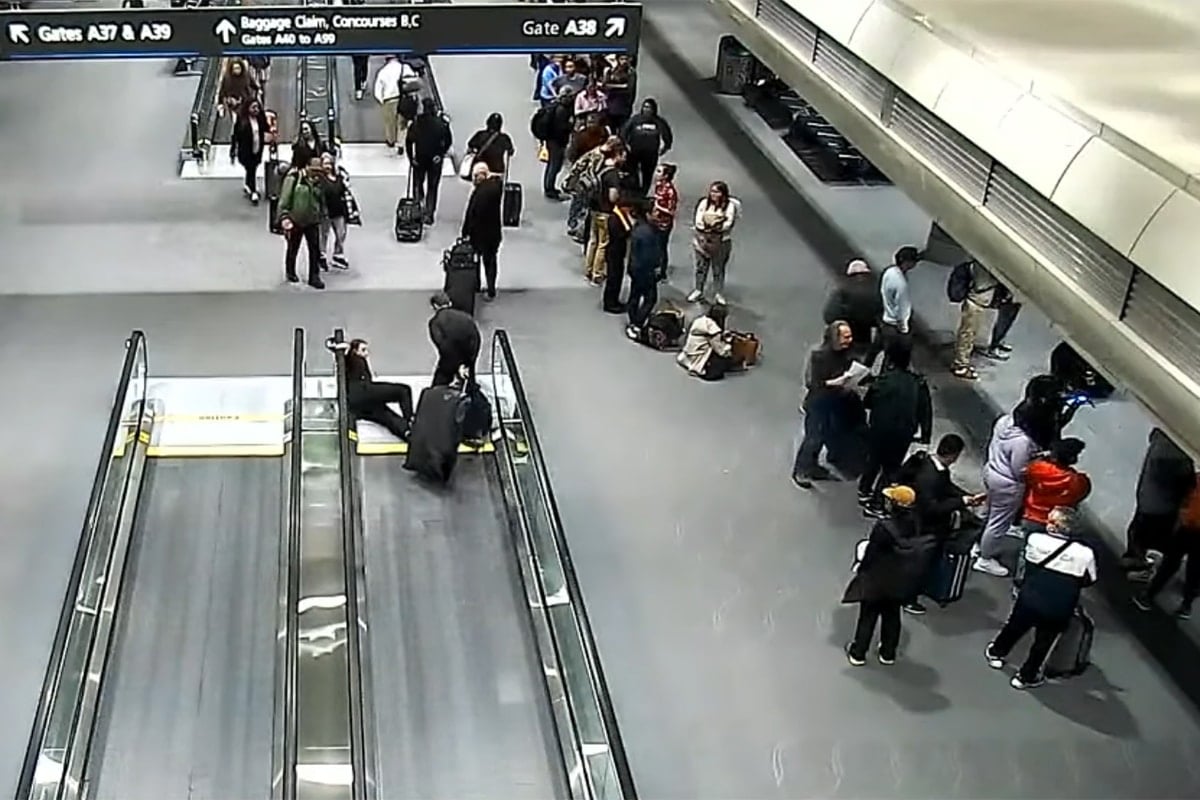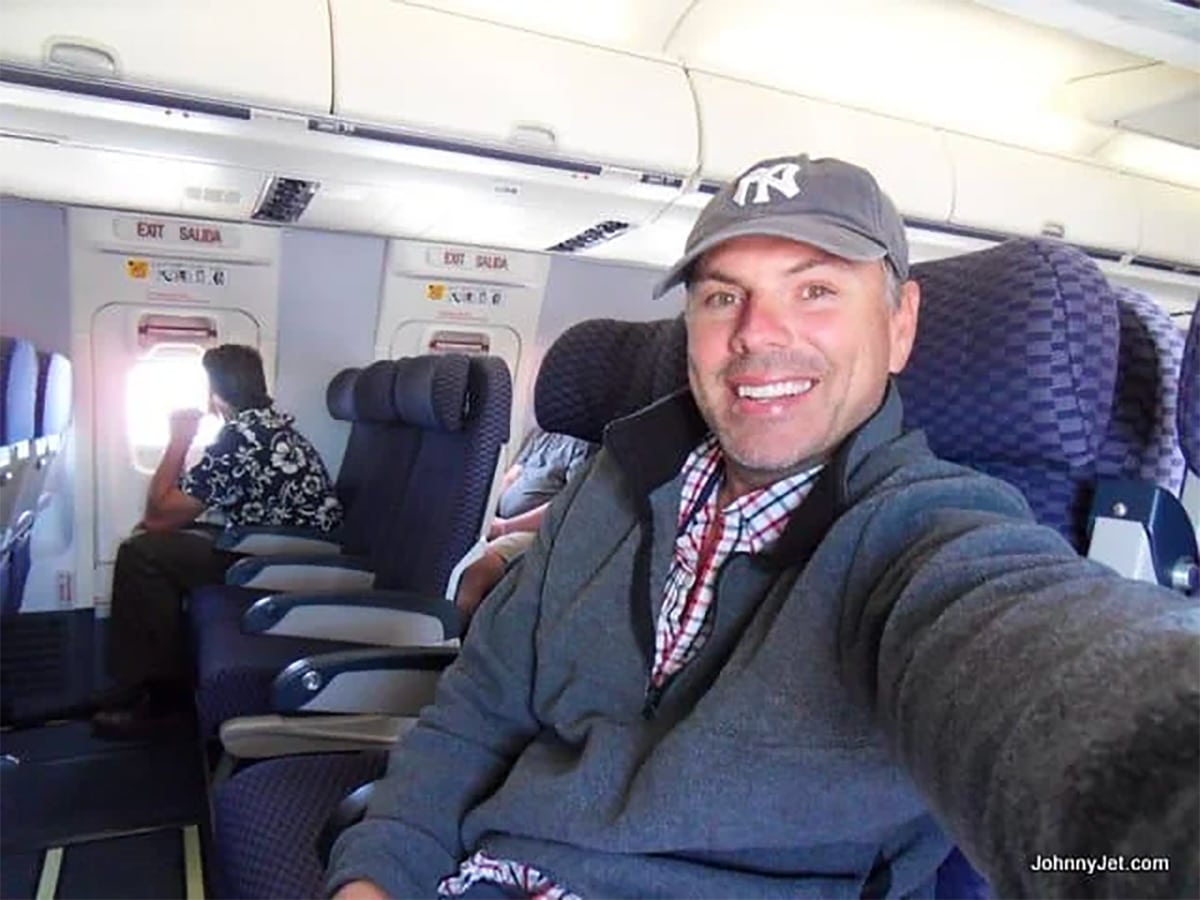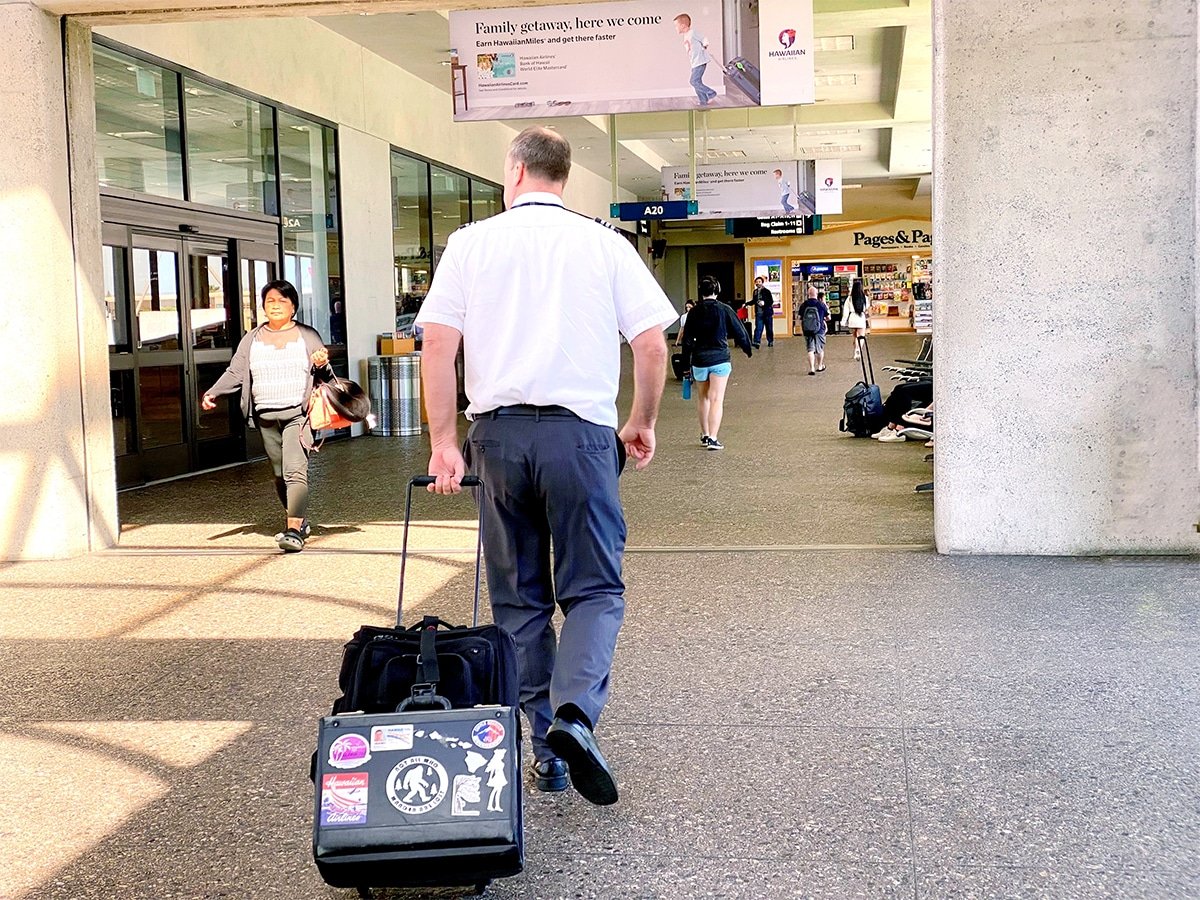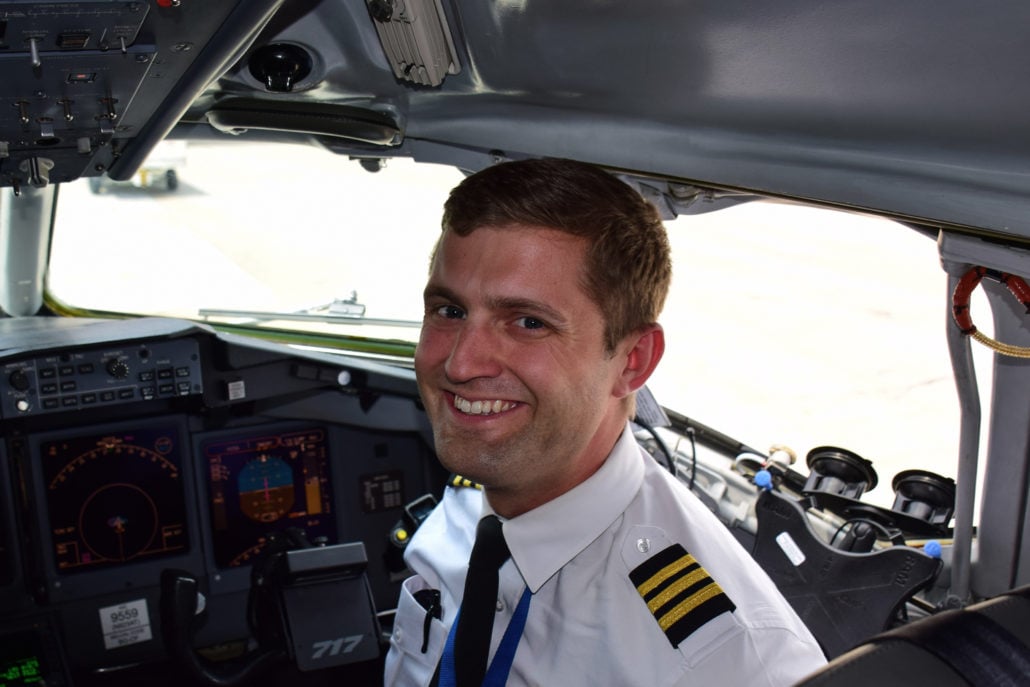
In our Ask a Pilot series, pilot Spencer Marker answers one of your aviation-related questions each week. See past installments here and submit your own to Whitney@johnnyjet.com.
Question
Why do the pilots and flight attendants make seemingly constant PAs during the flight? Why don’t they just let us sleep!?
—Richard H.
Answer
Hey Richard! As a frequent passenger myself, I too can be annoyed by all the talking, dinging and other things that interrupt my ability to rest, watch a movie or be productive in flight! So I’m right there with you.
Truthfully, most of what your flight crew tells you over the airplane’s public address system, or PA, and all of the dings you hear serve some sort of purpose. Whether it’s making sure the door slides are armed (I’ll discuss that in a second) or reminding passengers to keep their seatbelts fastened when they’re seated, even if the sign is off, these PAs and other noises serve an important purpose: ensuring the safety of the flight and the passengers entrusted to our care.
Before takeoff
We have all been there. A long-winded captain is talking about some mundane detail of the flight or something the airplane is flying over. Since these days most passengers fly with the windows shut to better see their movies and computer screens, the distraction is annoying. But when the flight crew speaks to the passengers directly, it’s often to convey some sort of safety information.
Let’s start at the beginning. At the start of a flight, one of the pilots will welcome the passengers aboard and let them know some information about the flight. Is this totally required? No. But what it does is humanize the guys up front and reassure our passengers that we are properly trained and competent aviators. Granted, we aren’t always great public speakers. At least I’m certainly not.
Just before pushback, the flight attendants will say some variation of “Arm doors, crosscheck and standby for all-call” over the PA. This happens once the main cabin door is closed and is an indication to the in-flight crew that the door slides need to be armed. Those are the inflatable slides needed to exit the aircraft in an emergency. For them to work, they must be armed to automatically inflate when the door is opened and disarmed when the airplane arrives at the gate at its destination. So hearing this PA means flight attendants are arming the doors, another flight attendant is verifying they are armed, and all the onboard crew members will be calling one another to verbally confirm all doors are armed. On some airplanes, the pilots can see the doors are armed through one of their cockpit displays.
Flight attendants will then do the safety briefing we hear every time we fly. And for obvious reasons. I could go into detail as to why they always demonstrate how to buckle a seatbelt or why you want to inflate your life vest OUTSIDE of the airplane, but that’s a topic for another discussion.
Finally, just before takeoff, the pilots will indicate to the flight attendants that departure is imminent. This is through the PA or by simply cycling the now-unnecessary “no smoking” sign off and on, using its familiar “ding” to gain the crew’s attention.
After takeoff
During the flight, you’ll be notified when you can use electronic devices, which is once the aircraft is above 10,000 feet. While the FAA requires this notification, the particular airline will sometimes include other marketing information and beverage and snack selections. The latter half of this PA is obviously NOT required.
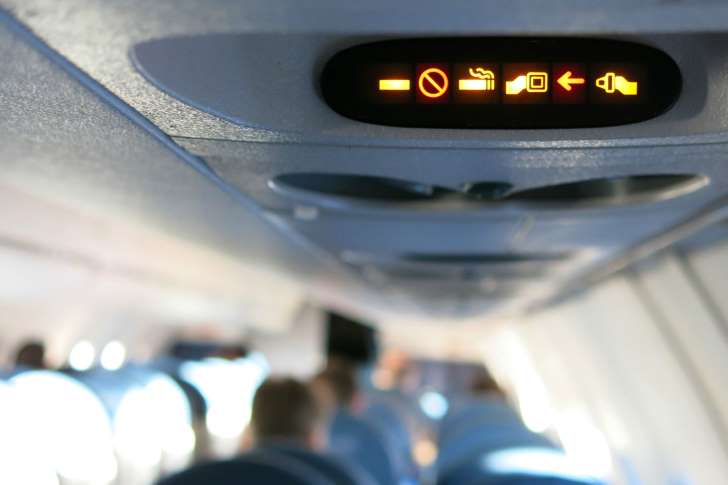
Now to explain the PA we absolutely have to make every time: the “seatbelt sign. When pilots believe the air will be smooth, we will switch off the seatbelt sign. We’re required to tell you to buckle up when you’re at your seat, even if this sign is off. When we turn the sign back on, we’re required to instruct our passengers to please take their seats and buckle up. And when we say it’s for your safety and the safety of those around you, we mean it.
Before landing
When the airplane begins its descent, pilots are required to notify the flight attendants in one way or another. Again a PA may be made, or pilots may simply “ding” them by using the “no smoking.” This varies from airline to airline. Some companies, like Virgin America, do not want to interrupt their passengers’s movies/TV shows/games and therefore pilot PAs are kept to a minimum. Other companies see it as a way to bolster the brand, and want the pilots to provide gate and other arrival information. This notification alerts the flight attendants to begin picking up trash from the cabin and securing their carts.
Another “ding” may be heard as the aircraft passes 10,000 feet in its descent, to indicate to the flight attendants the beginning of the final approach.
To sum up
Thanks for the question Richard. Most of those “dings” and sometimes annoying PAs are often required for the safety of all those onboard. Meanwhile others are for passenger comfort and to humanize the guys piloting the aircraft. For all those “the aircraft is currently flying over…” PAs, well, that’s just the luck of the draw. And after all, isn’t too much information better than too little?
Do you have a good PA story? Post it in the comments below! And remember, if anyone has a burning aviation question or something you would like cleared up, drop us a line at Whitney@johnnyjet.com to get your question featured in an upcoming Ask a Pilot column.
Tailwinds,
—Spencer





